1978 BMW 635CSi Project - part 2: Getting a roadworthy
 1978 BMW 635CSi Project - part 2: Getting a roadworthy
1978 BMW 635CSi Project - part 2: Getting a roadworthy
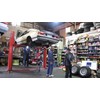
 1978 BMW 635CSi Project - part 2: Getting a roadworthy
1978 BMW 635CSi Project - part 2: Getting a roadworthy

 1978 BMW 635CSi Project - part 2: Getting a roadworthy
1978 BMW 635CSi Project - part 2: Getting a roadworthy
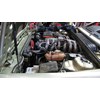
 1978 BMW 635CSi Project - part 2: Getting a roadworthy
1978 BMW 635CSi Project - part 2: Getting a roadworthy
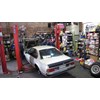
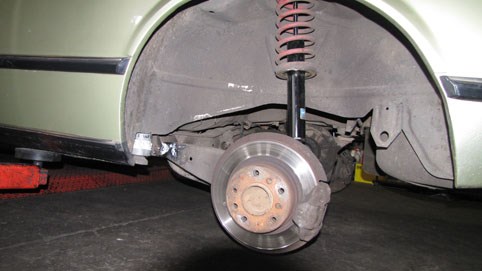 1978 BMW 635CSi Project - part 2: Getting a roadworthy
1978 BMW 635CSi Project - part 2: Getting a roadworthy

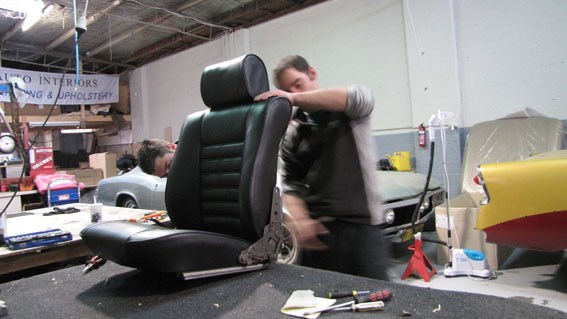 1978 BMW 635CSi Project - part 2: Getting a roadworthy
1978 BMW 635CSi Project - part 2: Getting a roadworthy

 1978 BMW 635CSi Project - part 2: Getting a roadworthy
1978 BMW 635CSi Project - part 2: Getting a roadworthy
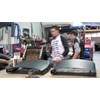
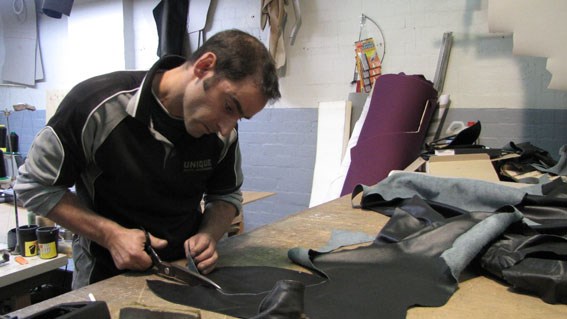 1978 BMW 635CSi Project - part 2: Getting a roadworthy
1978 BMW 635CSi Project - part 2: Getting a roadworthy

 1978 BMW 635CSi Project - part 2: Getting a roadworthy
1978 BMW 635CSi Project - part 2: Getting a roadworthy
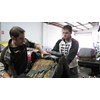
 1978 BMW 635CSi Project - part 2: Getting a roadworthy
1978 BMW 635CSi Project - part 2: Getting a roadworthy
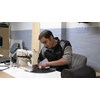
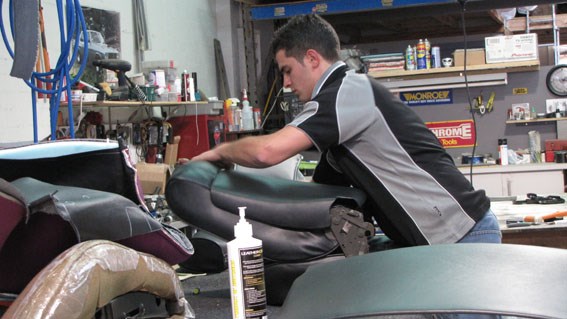 1978 BMW 635CSi Project - part 2: Getting a roadworthy
1978 BMW 635CSi Project - part 2: Getting a roadworthy

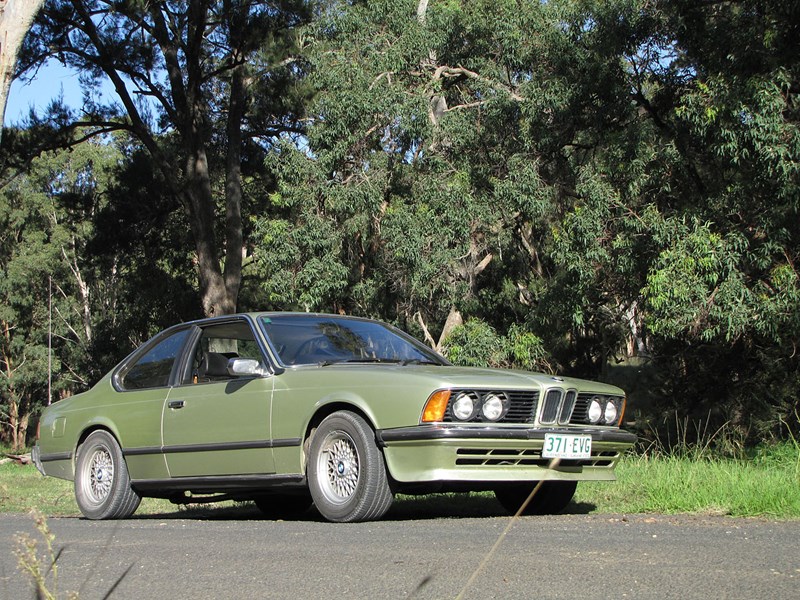 1978 BMW 635CSi Project - part 2: Getting a roadworthy
1978 BMW 635CSi Project - part 2: Getting a roadworthy


|
|
1978 BMW 635CSi Project - part 2: Getting a roadworthy
|

|
|
1978 BMW 635CSi Project - part 2: Getting a roadworthy
|

|
|
1978 BMW 635CSi Project - part 2: Getting a roadworthy
|

|
|
1978 BMW 635CSi Project - part 2: Getting a roadworthy
|

|
|
1978 BMW 635CSi Project - part 2: Getting a roadworthy
|

|
|
1978 BMW 635CSi Project - part 2: Getting a roadworthy
|

|
|
1978 BMW 635CSi Project - part 2: Getting a roadworthy
|

|
|
1978 BMW 635CSi Project - part 2: Getting a roadworthy
|

|
|
1978 BMW 635CSi Project - part 2: Getting a roadworthy
|

|
|
1978 BMW 635CSi Project - part 2: Getting a roadworthy
|

|
|
1978 BMW 635CSi Project - part 2: Getting a roadworthy
|

|
|
1978 BMW 635CSi Project - part 2: Getting a roadworthy
|
How hard can it be?

|
|
1978 BMW 635CSi Project - part 2: Getting a roadworthy
|
Our 635 Bimmer goes up on the hoist, and that’s when the real fun starts…
The first challenge in getting our 635 transferred from Queensland to Victoria registration was finding someone who understood early six-series cars. While my local servo mechanic could no doubt handle many of the tasks, the fact is that the 635 is, in some areas, either complex, or obtuse or obscure – sometimes all of the above.
Adding to the potential grief is this is a very early car (1978) and the 24th right-hand-drive ever made. A number of details were changed over the time this version was in production, before it went through a major make-over in 1982. In other words, as an owner, you really need someone who knows what they’re looking at, including the traps and weak spots. Just as crucially, they need to be able to correctly ID often obscure parts.
Phil Walker on the Unique Cars editorial team asked around the trade and found me someone who was perfect, Ian Burrell of IDB Automotive Maintenance in Richmond, Melbourne. Among his specialities is old six-series.
Perhaps it’s the fault of my native optimism, but having just driven the latest acquisition from Brisbane to its new home in Melbourne, via Bathurst and Tintaldra (see part 1 of the story), I was feeling moderately confident that the roadworthy test shouldn’t be too much hassle. After all, the thing made it with no real grumbles.
Oh how wrong. There were the things I knew about: the suspension was tired, the back end links and rubbers needed attention, plus the windscreen, and the drooping muffler. The tyres? Marginal.
Then came the inspector’s report, accompanied by the warning "you’d better sit down". Oh dear. I was secretly hoping the dampers would pass so I could do them at leisure – nup. Then came a few surprises like new tail-light lens (okay, one did have a minor crack) plus seat covers. Didn’t even know they were a roadworthy item, but there you go. Also the heater/demister set was all over the place, and so the list went on. We were looking at several rather than a couple of thousand.
It was unwelcome news, but some voice in the back of my head had all along been muttering this was always a possibility. Old vehicles, regardless of make, have a talent for this sort of thing.
Just to add to the drama, we were working to a strict deadline of ten days all up. That’s when the original Queensland rego ran out and I’d discovered the transfer to Victoria would be much easier if the car was still registered.
OUT WITH THE SPANNERS
Ian soon had the spanners out and was up to his elbows in 635. The good news was the central powerplant and gearbox components were in good nick and remarkably oil tight. Given a service, the basic drivetrain would be fine.
Also, the front end links and steering were in prime shape.
Sorting out tired the rear end bushes was a major but straight-forward task, with parts presenting no problems. BMW charges like a wounded bull for spares, but supply is generally good. Some items can involve a two-week wait, so it pays to think ahead, assuming you have that luxury.
The next issue was dampers. The 635 runs MacPherson struts up front and trailing arms on the rear. Ideally we wanted Bilstein dampers all round (the springs were okay) – they would suit the car and have a good reputation. Finding a set meant Ian spent an afternoon on the phone talking to just about every trade contact he knew before he could get all four. Strangely enough, the pair we got from a retailer cost usless than the other from the distributor.
New brake pads and a fluid replacement sharpened up the centre pedal considerably, though I'm still not happy with the amount of travel required to get the stoppers working. It comes down to the original design, I suspect, and is going to require some fine tuning further down the track. Or maybe just get used to its quirks...
One of the quick jobs was getting the windscreen out and that’s when we discovered the rust fairies had managed to get in. The lower channel on the passenger side was badly damaged – gone in places – and would have been a major drama if it had been let go much longer. Ian has an in-house panel-beater, Bill, who was able to fabricate and weld in a new section in short order. That service alone saved days of running around to co-ordinate panel-beaters with the workshop.
Of course the discovery of the rotted windscreen channel had me worried. What else was wrong? Nothing serious, as it turned out. There's a little panel-filler under one of the guards, plus a couple of minor rust bubbles scattered elsewhere. In fact, the monocoque body is remarkably solid. Panel fit is patchy in places, but there's reason to suspect that was the case from new.
So, with the channel fixed, we could just slip in the brand new windscreen the previous owner gave me, right? Nup. That was gone too. Evidently it had been sitting around a few years and was starting to delaminate in one corner. Into the dumpmaster with that one.
Another roadworthy issue was fixng the windscreen demister. In the cabin, you had full fan or nothing -- so a new resistor was needed. And here's an example of Bimmer parts prices gone mad: this simple electrical part (worth $50 at best at any Dick Smith store), albeit mounted on a BMW-designed bracket, cost an awe-inspiring $375. Of course the rotten thing was mounted under the scuttle, requiring much cursing and swearing as the labour bill mounted...
We managed to source a second-hand rear lamp lens, which kept costs down, while new damping struts for the long and heavy bonnet were found at minimal cost and made basic things like fluid checks much easier.
Tyres too were realtively inexpensive. That’s in part because the car is currently on BBS replica wheels in a standard size, rather than the original odd-dimension rims. The workshop threw on a set of Bridgestone Turanza ER30 rubber. It's not the most responsive option out there, but is pretty goodand is in place as a stop-gap measure until a full set of the originalTRX wheels can be restored. Only Michelin and Avon make tyres for the latter, and they cost $500 a corner. That’s something I’ll tackle at a later date.
In the midst of all this practicality, I allowed one folly: new BMW roundels on the snout and boot. Both were perished after years of sitting in the weather and looked awful. And they're huge. The cost was minimal and, for me, it makes a difference to walk up to a car that at least tries to look good. Particularly something that aims to be a premium brand.
AND THE LEATHER
Now for the seats. The original leather was in a very sorry state up front, though the back was fine. A cheap pair of pull-on covers would have got us past the umpire but I resented spending even a few dollars on something that wouldn’t suit the car and would end up being thrown out.
Blackman & Sons in Melbourne did a sensational job on the Project HG recently, so they were the fallback supplier. However it seemed only fair to give someone else a go, and Ian suggested a small firm close to his workshop: Unique Auto Interiors, run by Peter Mazloungas. I got to see the seats being made and, while in theory it looks straight-forward, there is clearly a lot of experience and skill required to make it all go together as a presentable package. They managed to meet a tight deadline – under a week.
A nice bonus was they were able to make a new gearshift boot. The old one had perished and was letting noise and fumes in from under the cabin, while the only new example I could find was on eBay for US$350. Peter ran up a new one from seat off-cuts in what seemed like a matter of minutes.
The overall end result was terrific and a surprisingly good match for the rear seats. To me, it seemed like money well spent, as it lifted the whole appearance of the interior. Oh, and there’s nothing like the look and smell of new leather to improve the feel of a cabin -- something which earned approving noises from spouse Ms M. Sadly, though, the flash seats highlighted how badly cracked the dash was – a job for another day.
IS IT BETTER?
You have to wonder whether the whole roadworthy culture for older cars really serves the purpose it's supposed to. I've got no problem with refreshing brakes and tyres -- they had to be done immediately and, ironically, I'm still not happy with either. Even though they're legal. The dampers really could have waited another few weeks as I saved up some money.
A cruel aspect of the system is everything must be fixed now, when a notice to come back in a few months would be just as effective when it comes to road safety and minor items. For example: demister fans and (believe it or not) sorting a defective boot lid spring. The minor crack in the tail-light lens was just annoying but far from unsafe, and I still wonder about the seat covers.
I've got no issue with fixing all the dramas, but have a real problem with being forced to do it all on the spot.
And you know the weird thing is that while the car was better to drive, it was still a long way from sorted.
Of course there was plenty more to do – the only question was, how far were we prepared to go in the restoration?
THE TO-DO LIST
The gearbox is fine but the shift action sucks;
Ignition system is flaky (still missing at times);
Fuel injection (still have a dud throttle and peaky power-delivery);
The cracked dash looks like a war zone;
Minor electrical gremlins;
Door/window seals;
Grille trim needs replacing;
Air-conditioning not working.
We’ll bring you more of the story, soon…
Unique Cars magazine Value Guides
Sell your car for free right here
Get your monthly fix of news, reviews and stories on the greatest cars and minds in the automotive world.
Subscribe

.jpg)










.jpg)

